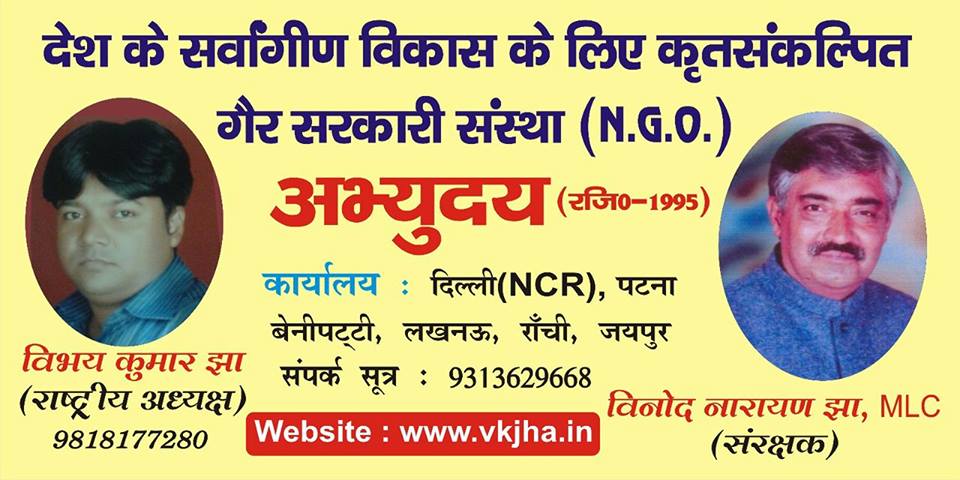Who is a Brahmin?
The caste of priests, of those who know and repeat the Vedas. This is the first of the four Hindu castes and belongs to the dvija or twice-born category. According to the Puranas, Brahmins were created from the mouth of Brahma (god: the sustainer of the life according to hindu mythology) so that they might instruct mankind. This was why they were considered the highest of the four castes, as they had the most to do with intellect. Since it was recognised that knowledge is the only thing that remains with a person throughout life, Brahmins, as teachers, were duly respected. The Brahmins conducted the daily rites, the purification ceremonies , sacrifices and taught the Vedas. Which they had to go through in the prescribed order. Since they were the teachers, preachers and priests they had to be proficient in sacred knowledge through the Vedas.
They had to maintain a strict code of conduct and exemplify ideal behavior. They were to be kind and gentle. For this, they earned certain privileges. They were regarded as the highest class and respected by all, to the extent that they were treated almost like gods by commoners and kings alike. They were given special gifts, dana, dakshina and were free from oppression and immune from capital punishment. It was considered to be the gravest of sins to kill a Brahmin. Only a priest could partake of the sacrificial Soma and eat the remains of the sacrifices, for no one else was regarded holy enough to eat the divine leftovers.
Initially, a person became a Brahmin on the basis of his knowledge of the Vedas. In time, the Brahmins began interpreting laws to their own advantage to maintain their privileges. And because of this unassailable social and moral authority, they were unchecked. Thus, according to the Brahmins themselves, they were the chiefs of all created beings, entitled to all honour. The Shatapatha Brahmana declares that there are two kinds of divinities: gods and Brahmins who have learnt the Vedas. Only the Brahmins were allowed to read and teach the Vedas and hence monopolised the privilege of priesthood in the later Vedic period. They also established that one was born into a caste, which could not be changed except to be outcaste. This became the common practice, which survives till the present.
Today most Brahmins are engaged in other secular activities. However, only a qualified Brahmin can conduct religious ceremonies. These professional priests are now called Pandit, Bhatt or Shastri. There are several subdivisions within the Brahmin caste. Earlier, the different Vedas were preached by Brahmins belonging to specific gotras(some astronomical sign assigned to every brahmin). The subdivisions are therefore based on their gotra or on geographic location. Presently there are 1,800 subdivisions. A Brahmin should be able to trace his origin to one of the seven great sages - Kashyapa, Atri, Bharadvaja, Gautama, Vishvamitra (we relate to this sage!), Jamadagni and Vasishtha. Of these seven, Vishvamitra is said to have been born a Kshatriya and later became a Brahmin after performing severe penance.
Geographically, Brahmins are divided into two main groups - of the north and of the south, each of which has five divisions. The categories of the north are Kanyakubja, Sarasvata, Gauda, Mithila and Utkala. Those of the south are Maharashtra, Telinga, Dravida, Karnataka and Malabar. Each group claims to be the highest category.

No comments:
Post a Comment